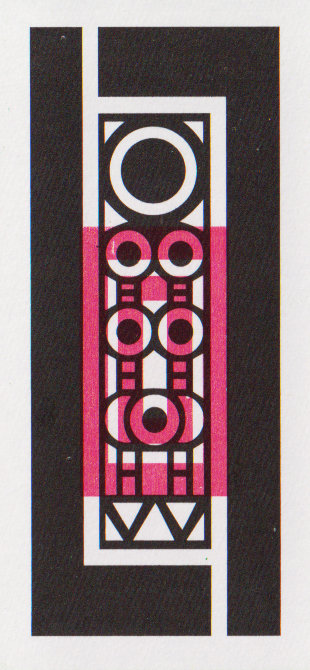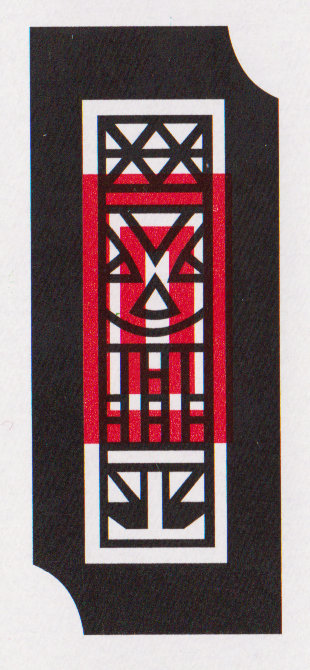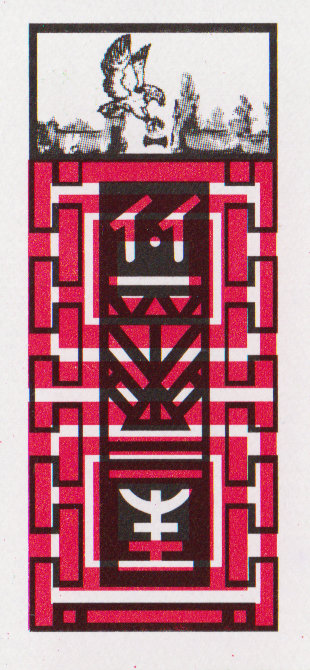Cholek Tiga
Last updated: .
Cholek Tiga (‘draw three’) is a Peranakan fishing game for two or three players, played with Cherki cards.
The description below is based on Pwee (2003, p. 125–7):
Equipment
Cholek Tiga is played with two decks of Cherki cards (120 cards total). There will be four copies of each card in the game.
Play
Shuffle the cards and place them face-down in the middle of the table. (They are usually placed in a skewed pile, since they will not stand up in a straight pile like normal playing cards.) Each player draws three cards (hence the name of the game).
On a player’s turn they first discard a card face-up to a ‘pool’ in the centre of the table, and then turn up a card from the stock into the same pool of cards. Each of these cards can capture, if the card matches two other cards of the same rank (the face of the card does not matter). If a card successfully matches, the player takes all three cards and piles them (by rank) in front of themselves. A player can potentially capture six cards (two sets of three) on their turn, if both the card from their hand and the turned-up card match two other cards. Capturing is not mandatory, if the player does not think it is advantageous.
Once everyone has played three turns (so has used the three cards in their hand), all players once again draw three cards, and play continues. Once the stock and the player’s hands are completely played out, each player scores their captured cards.
Scoring
There are three types of red-stamped cards in the deck (twelve cards total).
© George Pollard, 🅭🅯🄏🄎
A player scores:
For normal cards (without a red stamp): 3 points for each set of three identical cards (these can be won on different turns, which is why captured cards are simply piled by rank), or 8 points for a set of all four identical cards.
For red-stamped cards: 1 point for each card, 4 points for an identical pair, 3 points (only, but see the bonuses) for an identical triplet, or 8 points for all four identical red-stamped cards.
The player with the most points wins the difference in points between their score and the other players’ scores. This is settled between the players at a rate of 10¢ per point.
For each identical red-stamped triplet (called an ang powThis comes from Hokkien 紅包 âng pau. ‘red packet’) or quadruplet (called an ang pow besar ‘big red packet’), the player wins a bonus of $1, or $2, respectively, from each other player.
The player who scored the least points goes first in the next game.
In-play bonuses
If a player captures a set of three identical cards on their turn, they win a bonus from each other player, which is paid instantly:
If the capture was made with a card from their hand, it is called an ayam (‘chicken’), and wins 50¢.
If the capture was made with a card from the stock, it is called a kandang (‘cage’), and wins $1.
See also
Balik Satu is another Cherki game.
References
Pwee, Keng Ho (). ‘Chiki Cards and Three Chiki Games’. Journal of the International Playing-Card Society vol. 32 (3): pages 119–128.


